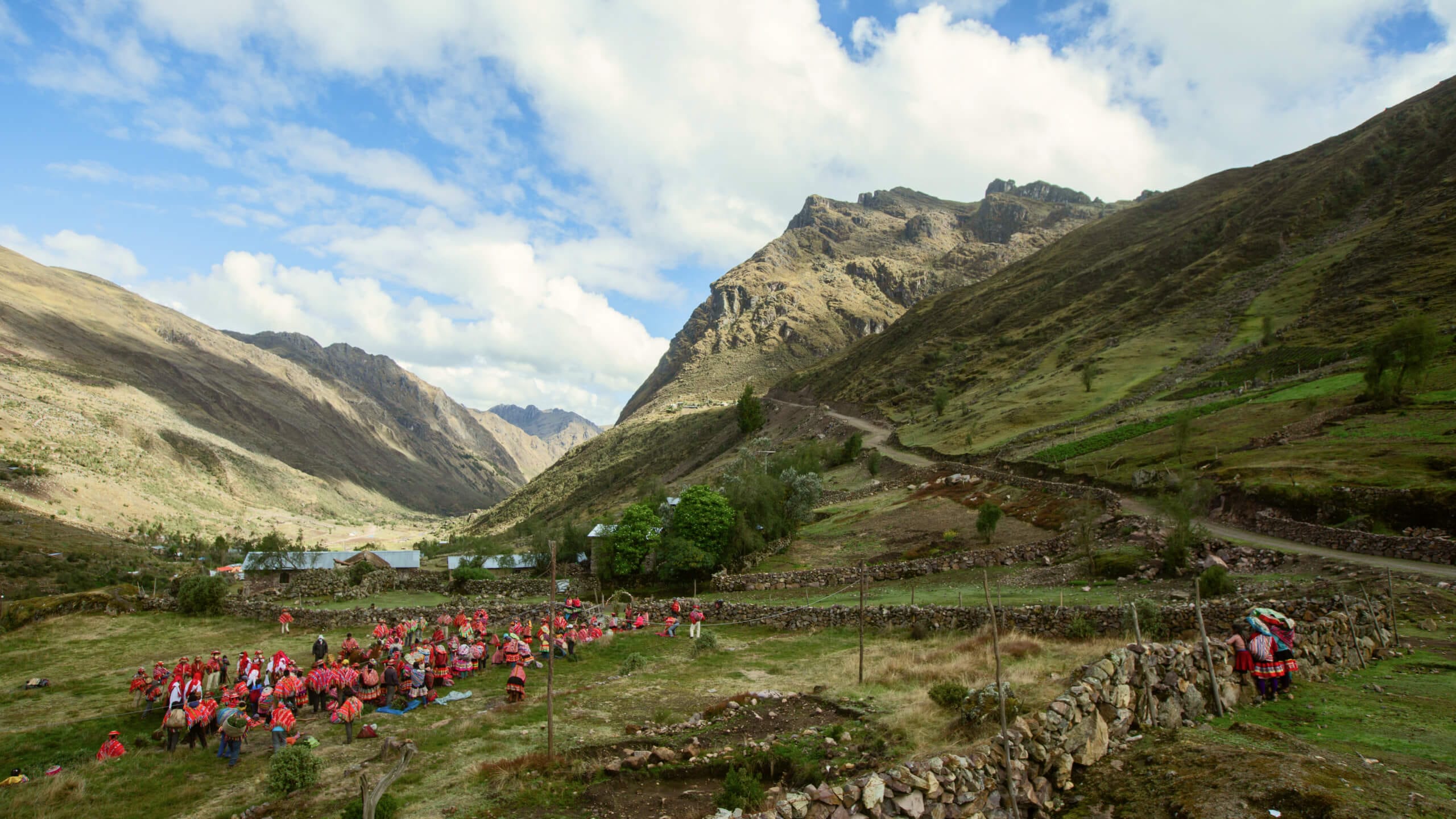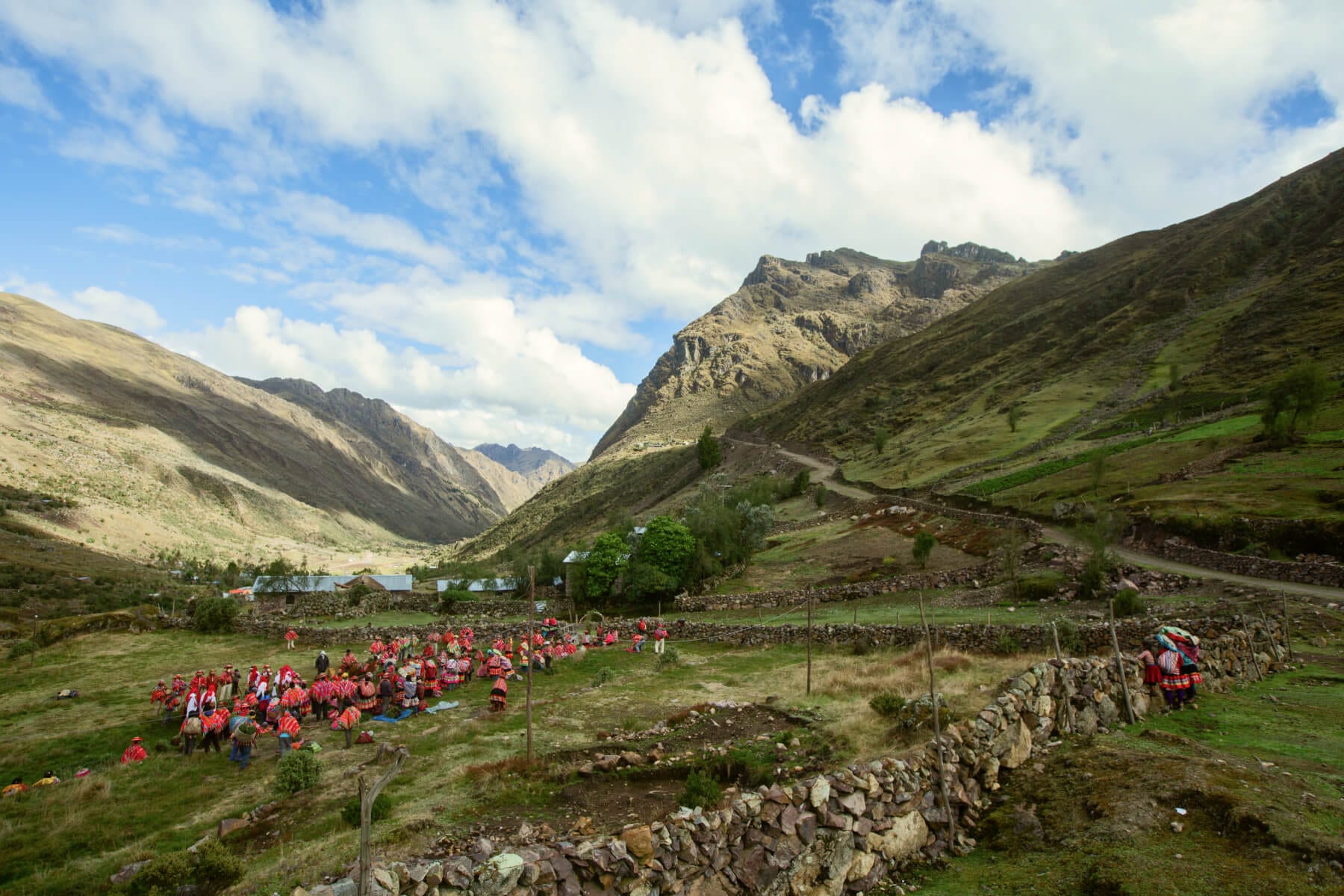Reforestation In
the Andes
The Andes, the world's longest continental mountain range, span 7,000+ kilometers across seven countries in South America: Venezuela, Colombia, Ecuador, Peru, Bolivia, Chile, and Argentina. This diverse region encompasses a variety of ecosystems, from tropical rainforests to arid deserts. The Andes are known for their unique biodiversity and high endemism. The range plays a critical role in climate regulation and water provision for millions of people, making it an essential natural resource for the continent.
The Andes used to have abundant forest coverage, but a growing population, agricultural expansion, illegal logging, and mining have caused significant deforestation. These activities threaten unique ecosystems and biodiversity. Reforestation efforts are crucial to combat soil erosion, protect water sources and restore habitats for endangered species. They can help restore the Andean cloud forests and support the livelihoods of local communities that depend on these vital natural resources.

The Andes Stats
7
countries
The Andes span 7 South American countries.
6,959M
At highest point
Mount Aconcagua, the highest point in the Andes, is approximately 6,959 meters above sea level.
What is the highest point in the Andes Mountains?, Britannica
1/35
Biodiversity hotspots
The Tropical Andes is one of 35 global biodiversity hotspots.
10,000
Years of history
Humans settled in the Andes more than 10,000 years ago.
Andes - Kids, Britannica Kids
75%
Habitat Loss
At least 75% of California’s original habitat has already been lost.
60%
Of Water
60% of potable water in California is sourced from forested watersheds.
Project Highlights
Reforestation in the High Andes focuses on restoring biodiversity habitat, protecting critical headwaters of the Amazon River, and empowering indigenous communities that have lived there for generations. Learn about a recent reforestation project in the Andes!

High Andes Polylepis Forest
This project is part of a multi-year, multi-partner initiative to restore 1 million hectares of Polylepis ecosystems throughout the high Andes. Polylepis forests are a crucial part of South America’s water systems, serving as the headwaters for a large portion of the continent’s watersheds, including the Amazon basin.
Growing at altitudes of up to 5,000 meters above sea level, these are the world’s highest altitude forests, and play a key role in preventing severe erosion from glaciers above them. They are home to a host of endemic species such as the Spectacled Bear, Puma and the Andean Condor. Spread across five countries, this project supports a network of local communities who are working in conjunction towards the common goal of preserving and restoring this critical landscape.
Lake Tahoe Restoration
This project worked to restore sugar pine and other native white pine species, which are being plagued by a non-native invasive fungus called white pine blister rust. Disease-resistant seedlings were planted in forest openings to restore sugar pine populations and reforest areas around Lake Tahoe that were burned by fire. Over half of the planting volunteers were students who learned about forest ecology and fire in the process.


Hog and Sheep Fire Restoration
This project reforested areas that were impacted by the 2020 Hog and Sheep fires. These high-severity fires heavily damaged local watersheds and habitat areas. Planting trees helped to restore habitat, improve soil stability, and increase carbon sequestration. Seedlings were planted at variable densities depending on slope, aspect, soils, site class, and soil moisture in late winter to early spring.


